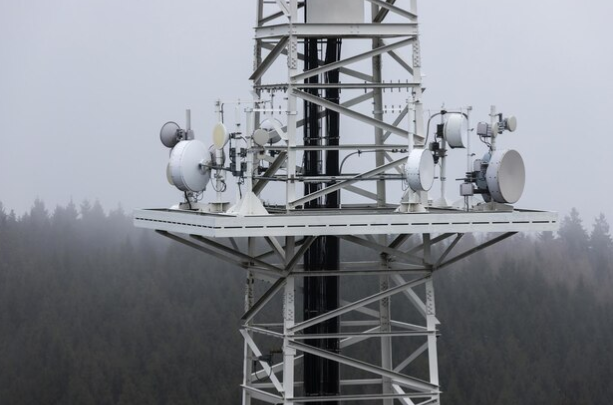The Role of Shielding in Wireless Communication System Design

In wireless communication systems, shielding plays a crucial role in ensuring signal integrity and minimizing interference. Proper shielding can enhance the performance and reliability of these systems by protecting against external and internal sources of electromagnetic interference (EMI). This article explores the importance of shielding in wireless communication, its various types, and how it impacts system design and performance.
Understanding Electromagnetic Interference (EMI)
Electromagnetic interference (EMI) refers to the disruption of wireless signals by external electromagnetic fields. Sources of EMI include electronic devices, power lines, and even natural phenomena like lightning. EMI can degrade signal quality, leading to poor communication performance. Effective shielding helps to block or reduce the impact of EMI on wireless systems.
Types of Shielding Materials
Various materials are used for shielding in wireless communication systems. Common shielding materials include metals like copper, aluminum, and steel, which are highly effective at blocking electromagnetic waves. Additionally, conductive polymers and specialized coatings can be used for specific applications where traditional metals are impractical.
Shielding Techniques in System Design
Several techniques are employed to incorporate shielding into wireless communication system design. One common method is to enclose sensitive components in metal cases or cabinets, providing a barrier against EMI. Another technique involves using shielded cables and connectors, which prevent interference from entering or leaving the cable. These techniques are essential for maintaining signal integrity.
Importance of Grounding in Shielding
Grounding is a critical aspect of effective shielding. Proper grounding ensures that any EMI absorbed by the shielding is safely dissipated into the ground, preventing it from affecting the system. Poor grounding can lead to ineffective shielding and increased susceptibility to interference. Therefore, careful consideration of grounding practices is necessary in system design.
Shielding in Wireless Network Infrastructure
Shielding is particularly important in the infrastructure of wireless networks. Base stations, antennas, and other critical components must be shielded to maintain optimal performance. Shielded enclosures and cabinets protect these components from external EMI, ensuring reliable communication. Furthermore, shielding can help prevent the unintentional radiation of signals, which can interfere with other nearby systems.
The Role of Antenna Test Chamber in Shielding
An antenna test chamber is a specialized environment designed to evaluate the performance of antennas in a controlled, interference-free setting. These chambers are lined with materials that absorb electromagnetic waves, preventing reflections and external EMI from affecting the tests. By using an antenna test chamber, engineers can accurately assess the effectiveness of shielding and make necessary adjustments to optimize performance.
Advances in Shielding Technologies
Recent advancements in shielding technologies have improved the effectiveness and versatility of shielding solutions. Innovations such as flexible shielding materials and advanced coatings provide better protection while maintaining design flexibility. These advancements enable the development of more compact and efficient wireless communication systems, further enhancing their performance and reliability.
Conclusion
Shielding is a vital component in the design of wireless communication systems. By protecting against electromagnetic interference and ensuring signal integrity, effective shielding enhances system performance and reliability. Understanding the various types of shielding materials, techniques, and the importance of grounding is essential for optimizing wireless communication infrastructure. The use of specialized environments like antenna test chambers further aids in evaluating and improving shielding effectiveness. As technology advances, continued innovation in shielding solutions will play a crucial role in the evolution of wireless communication systems, ensuring they meet the growing demands of our connected world.



